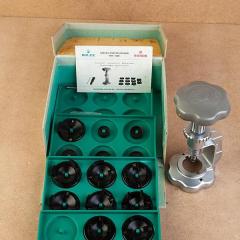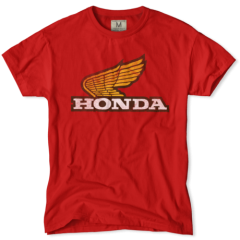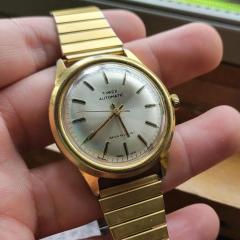Watch Repairs Help & Advice
SECTION RULES
If you are a new member, we would consider it polite for you to introduce yourself here before posting your questions.
Subforums
-
- 2.7k
- posts
-
- 5.1k
- posts
-
- 2.3k
- posts
-
- 4k
- posts
-
- 929
- posts
-
- 1.9k
- posts
-
- 1.9k
- posts
-
- 1.3k
- posts
-
- 824
- posts
-
- Battery
- By HectorLooi,
-
- 755
- posts
-
- 1.7k
- posts
-
- 2.8k
- posts
-
- 329
- posts
8963 topics in this forum
-
- 5 replies
- 2.6k views
-
- 14 replies
- 3.1k views
-
- 16 replies
- 5.2k views
-
- 6 replies
- 2.6k views
-
- 5 replies
- 4.3k views
-
- 2 replies
- 1.4k views
-
- 5 replies
- 3k views
-
- 10 replies
- 10.7k views
-
- 10 replies
- 5.1k views
-
- 2 replies
- 3.3k views
-
- 3 replies
- 1.5k views
-
- 5 replies
- 4.3k views
-
- 9 replies
- 3.1k views
-
- 12 replies
- 6.5k views
-
- 4 replies
- 2.4k views
-
- 16 replies
- 4.7k views
-
- 3 replies
- 1.5k views
-
- 5 replies
- 3.8k views
-
- 8 replies
- 5.8k views
-
- 6 replies
- 3.7k views
-
- 4 replies
- 3.1k views
-
- 10 replies
- 7.8k views
-
- 5 replies
- 1.9k views
-
- 2 replies
- 999 views
-
- 11 replies
- 2.6k views




















